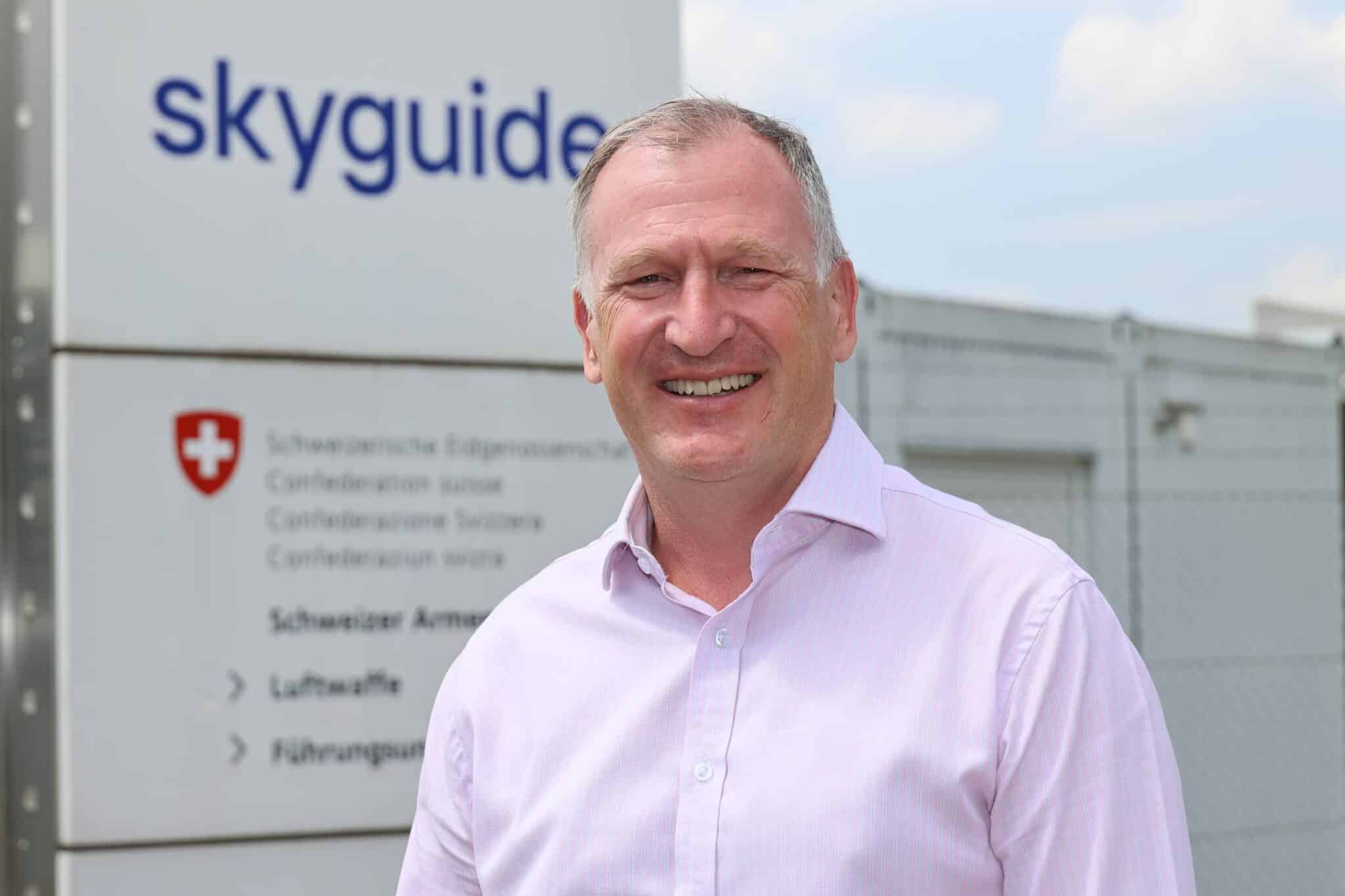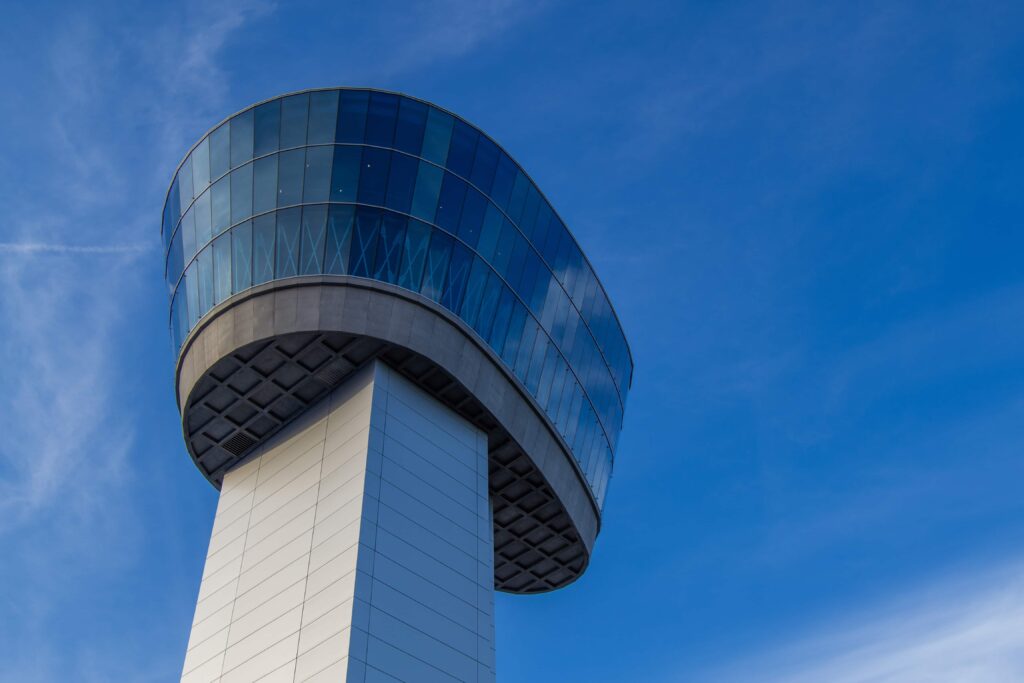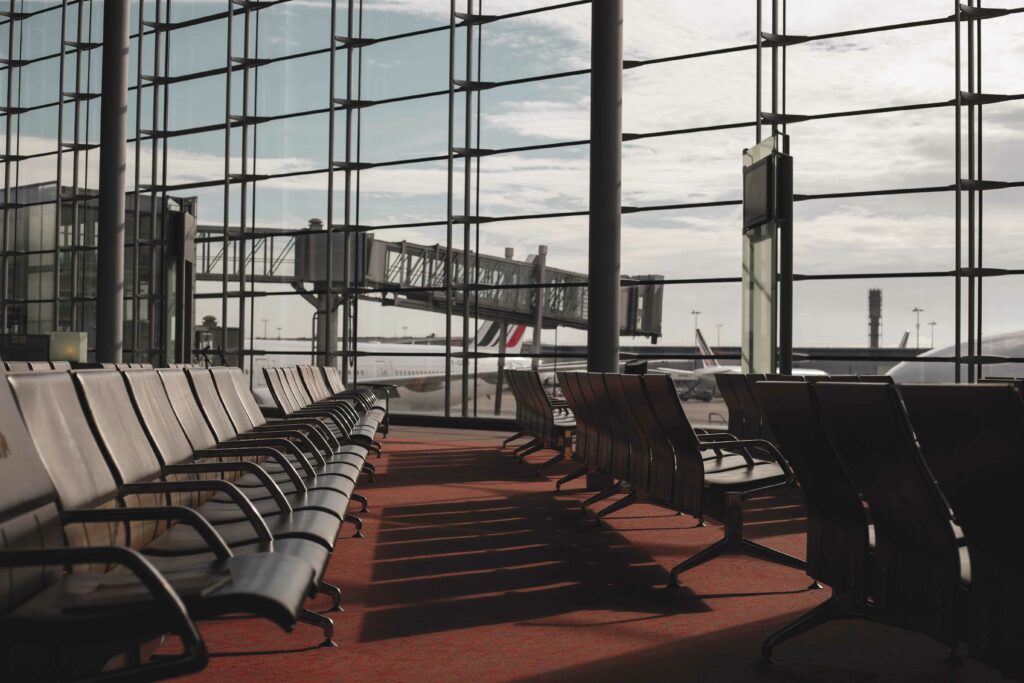ATM Financing
"Significant capacity in Europe is available at the wrong time and in the wrong place, and demand often exceeds supply in certain airspaces. Future virtualised technological platforms should allow such capacity to be moved around and to be delivered in sectors in which demand outstrips the available capacity" writes Alex Bristol, CEO of Skyguide – Swiss Air Navigation Services Ltd, in this new opinion piece, where he reflects on the discussions of the 19th Florence Air Forum.
This article by Alex Bristol, CEO of Skyguide – Swiss Air Navigation Services Ltd, originally appeared in the European Transport Regulation Observer “Financing Air Traffic Management: Is there a need for a new approach?” (July, 2023).
Our European air traffic management (ATM) charging scheme is no longer fit for its intended purpose. The underlying business model was conceived a long time ago and needs updating. There is little or no connection between cost drivers (primarily the number of crossing flight paths to manage, otherwise known as complexity of airspace) and the revenue earner (weight of aircraft and kilometres flown). There is therefore no connection between the value an air navigation service provider (ANSP) adds and the money it earns (the cash cow is an operation managing heavy long-distance overflights with few interactions between aircraft).
ATM financing operates according to a different philosophy to most other network industries in which infrastructure investments are often paid for, or subsidised by, the taxpayer and service provision is paid for by the user. In ATM, the airspace user is expected to pay for the infrastructure and for services.
ANSPs have a dual nature. They are part of a large international network and yet they also have an element of national public service and – usually – national sovereignty. This means that there are two different operating modes in one organisation, with different customers and stakeholders, and different purposes. This is not reflected in the way ANSPs are currently set up and financed.
During the COVID pandemic, most ANSPs were required by their respective states to keep providing most of their capacity all the time during the crisis as a function of the public service nature of part of their business (repatriation flights, cargo, state aircraft, military operations, etc.). And although commercial airlines did not need or use this capacity, they had to pay for it.
COVID further showed that the current European ATM system cannot respond to major shocks, and there is a risk that airlines will not have finished paying back the costs of 2020 and 2021 before the industry hits the next crisis (which historically occurs approximately once a decade, on average).
ANSPs were also not able to significantly reduce their costs during COVID because the proportion of their costs which are fixed is very high (typically 90% or more). This means that an ANSP is only minimally able to respond to a significant crisis. There is technology on the horizon which would allow much more flexibility and scalability, but ANSPs are only starting out on this innovation path.
In sum, COVID raised our awareness that ATM is part of a country’s critical national infrastructure and that states are important users and beneficiaries of this infrastructure.
Russia’s war of aggression against Ukraine reinforces this COVID learning and shows that ATM forms part of critical national networks, with cyber security requirements becoming more important. ATM by definition has a civil-military character and the need to focus on national sovereignty will remain an essential part of European ATM for the foreseeable future.
Skyguide believes that the concept of core services of general interest (CSGI) recognises this fact and is a reasonable way of distinguishing between the minimum ATM infrastructure that a state requires to fulfil its International Civil Aviation Organization obligations and for any sovereign tasks (with the state as the user) and the additional ATM services delivered to airlines (with airlines as users). The concept of CSGI reflects much better the dual nature of an ANSP, differentiating between elements with the characteristics of national infrastructure and additional capacity providing services to airline and business aviation customers.
An ANSP’s task is to make capacity available; if the demand is not there, this capacity remains unused. It is, however, still paid for by the airlines, which wish to use capacity at another time. The situation during COVID showed that this logic is flawed because the ATM system required airlines to pay not only for the very limited capacity they required in 2020 and 2021 but for all the European capacity which was available and not used.
Significant capacity in Europe is available at the wrong time and in the wrong place, and demand often exceeds supply in certain airspaces. Future virtualised technological platforms should allow such capacity to be moved around and to be delivered in sectors in which demand outstrips the available capacity.
Progress towards such virtualised technologies is very slow, however – not least because the European performance scheme does not incentivise all the right behaviours. The current scheme, for instance, incentivises the creation of equipment assets and penalises buying of services, leading to an expensive European ATM with duplications of systems which are not interoperable. Skyguide believes that it is very important for the regulation in the next 5-year period to focus on setting the right incentives and encouraging ANSPs to accelerate innovations which will take us to a virtualised ATM system.
Europe needs to invest in its infrastructure to remain globally competitive. CSGI ensures the state of appropriate infrastructure over time, ensures national sovereignty and (cyber-) security, prevents European ATM from lurching from crisis to crisis and avoids even higher one-off costs to cope with future crises. Together with technology improvements it will play a complementary part in making European ATM more sustainable.






